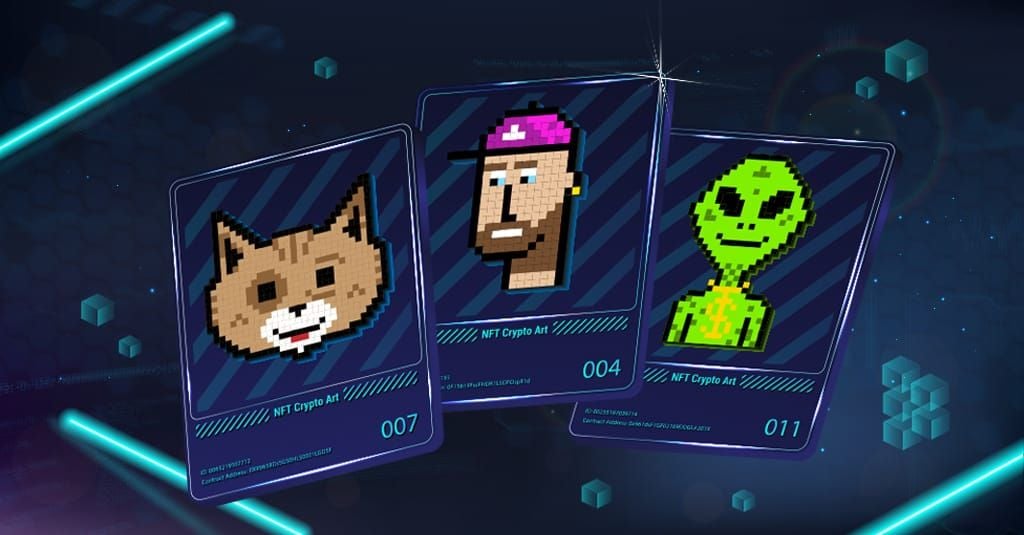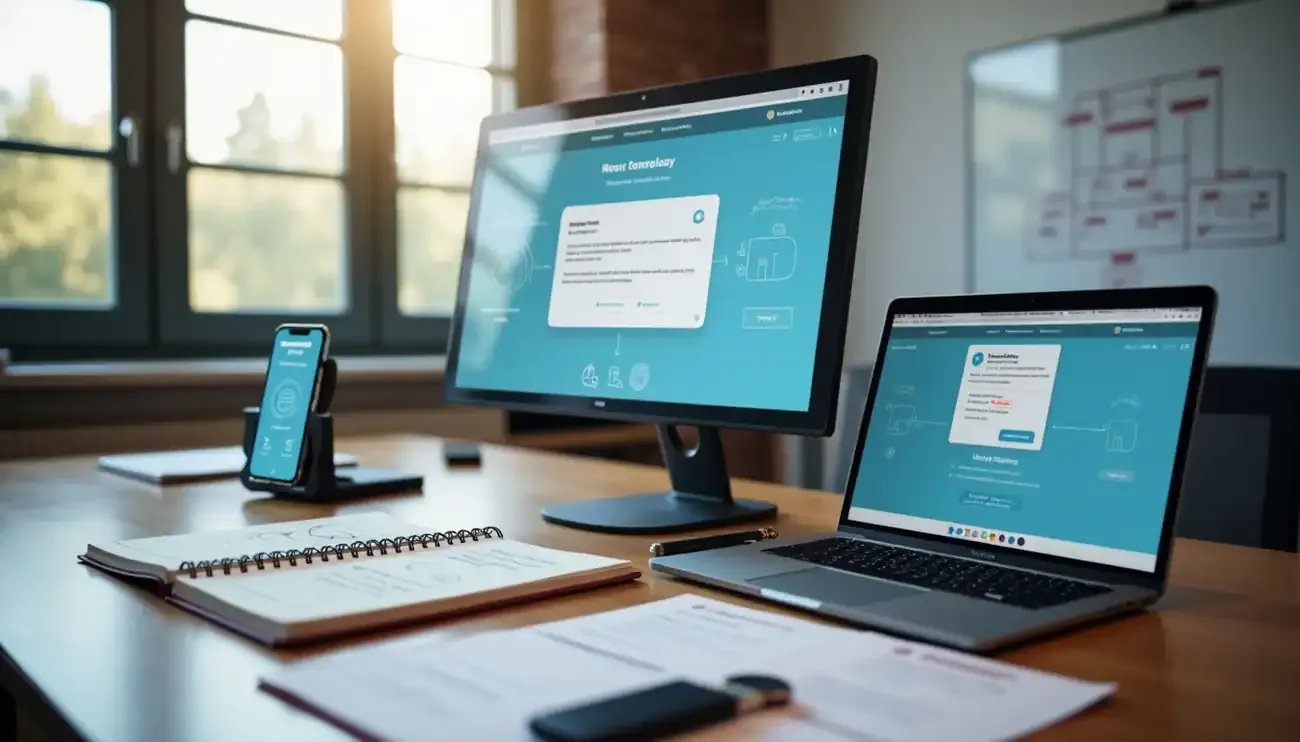What To Do When Your Software Development Project is About to Go off the Rails

How to Spot a Toxic Software Development Project and How You Can Improve the Outcome
At OpenArc, our approach is to define and solve problems that are valuable to businesses and their end customers. The way we work empowers a team to empathize, advocate for users, listen, understand needs, explore, experiment, make and learn. Just as much, this approach aims to simplify experiences by removing things that users don’t want or need. It’s about making a product lean by prioritizing and tackling what’s most important first.
This focus on users’ needs and values is aligned with our agile development approach. In an era of tight budgets and competitive markets—especially now with the COVID-19 pandemic— these methods together help us build the right product and build the product right. This is the basis of our approach—whether it’s a new engagement or coming in to help a client get their project back on the rails. Take a moment to learn how OpenArc’s process can prevent or even get your software development project back on the rails. This kind of approach can help engage users, save money, grow revenue, and improve efficiency.
Building Better Software
Indeed, incorporating the user’s perspective into all aspects of a project should favor common sense, engagement, and simplicity. Most of all, producing products that people genuinely want and need will lead to higher revenues and lower costs. Here in the real world, missteps happen. Naturally, nobody intends to plan a development project that won’t prove useful enough to justify its cost. Sometimes, either the main idea or essential details of a project were not initially thought out as well as they could have been. In other cases, unforeseen variables can create obstacles or make the project less valuable.
To help you avoid or at least spot a toxic software development project, consider some examples of common missteps we have encountered and how OpenArc’s unique approach can help improve the outcome.
1. Misunderstood Business Requirements
After one project suffered cost and budget overruns, the business analyst in a large enterprise corporation documented one of her lessons learned as “don’t step in anything soft.” That’s a colorful way to describe the painful and often ineffective process of attempting to develop software for misunderstood business problems. In this case, it didn’t become apparent that the development team did not understand all of the context and complexity until they already started development, testing, and demonstrating the interface to users.
You should do everything you can to ensure you and all stakeholders have bought into the problem analysis and proposed solutions. Still, this sort of thing happens because some businesses have a hard time ensuring that everybody involved in initial decisions was as attentive or even as knowledgeable as initially thought. That’s why it’s also important to always keep the lessons of the “sunk cost fallacy” in mind.
Consider the Wisdom of the Sunk Cost Fallacy
Sunk costs refer to money that has already been spent and can’t be recouped. The sunk cost fallacy refers to typical mental biases towards spending even more money to fix something that’s bad, instead of knowing when to cut losses and admit a mistake. Sometimes, things can be correct; however, often, the better, safer, and cheaper solution would consist of acknowledging the error and funneling investments into a more productive effort.
Typically, the problem doesn’t lie with an entire development process but with specific features. If those features don’t work out, it’s usually better to remove them and invest in better solutions. In most instances, there’s no reason to add to the complexity and expense of coding, testing, and maintaining the system without gaining benefits.
2. Unintended Consequences
Sometimes the idea for a project really could offer real-world benefits. It’s just that applying the solution proved more difficult than anticipated because of complex technology, performance problems, or system integration issues. In any case, proceeding will cost more than you planned, perhaps because your team lacks certain technical expertise or simply doesn’t have enough people.
That’s when it’s time to consider the value-cost ratio of dealing with the unexpected situation. If it’s still worth it, you may decide to continue. If not, you might choose to put the project on hold. If you can still gain value from the project, that’s a good time to call upon additional resources with the technical skills and approach to prioritizing work that your current team may lack. If you don’t know what you need, we can offer consulting services to help you make the best choice.
3. Just-in-Case or No-Longer-Useful Features
While it’s a great idea to design apps, databases and code that will be easy to upgrade, there’s little reason to add or keep features just because you may need them eventually. By developing only the most valuable and beneficial features, you can truly take advantage of the virtues of agile design and development. Once you have earlier stages of your project in production, you may decide to introduce additional features later.
Talking eager users or clients out of just-in-case features isn’t usually the only thing that generates project bloat. In today’s fast-moving business and tech climate, sometimes features may get rendered obsolete before they’re even finished or shortly after installation. This may happen because of new technology or a shift in business practices.
If some aspects of your system is no longer useful or never was useful, we advise clients to consider removing them from production systems. Otherwise, they’re just likely to keep costing money without producing any benefits. They can hinder day-to-day performance and make future, beneficial upgrades more difficult than they need to be. After all, you may never need the feature, but you will certainly need to run and maintain your system.
Why Use OpenArc’s Approach to Your Software Projects?
Developing tools and features without measurable benefits only leads to wasted resources. It’s only common sense to observe that thriving companies measure the success of their development efforts by the returns they can enjoy by improving business processes and satisfying their employees and customers.
Here at OpenArc, you will find our agile software design and development process easy on target with the needs and schedules of small-, medium-, and large-sized companies. While we would like to offer our technical and market expertise as early in the project as possible, we’re also available to step in to help remedy projects already underway.
Located in Pittsburgh, we serve clients all across the country and in many industries, including healthcare, manufacturing, and tech. Some examples of our technical expertise include Virtual Reality, mobile apps, custom software, and much more. Contact us today to tell us about your software design and development project, and we’ll explore how we can help you.









